BLOG
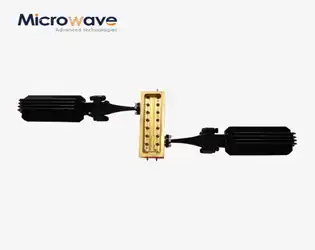
5 Key Features to Evaluate in a Waveguide Coupling Fixed Attenuator
October 9, 2025
When system engineers encounter signal integrity issues in high-frequency applications, inadequate attenuator performance often emerges as the root cause. Whether you're designing satellite communication systems, radar installations, or precision test equipment, selecting the right Waveguide Coupling Fixed Attenuator becomes crucial for maintaining signal quality and achieving reliable performance. Understanding the five critical features that determine attenuator effectiveness can mean the difference between project success and costly system failures, making this evaluation process essential for engineers working across telecommunications, defense, and aerospace industries.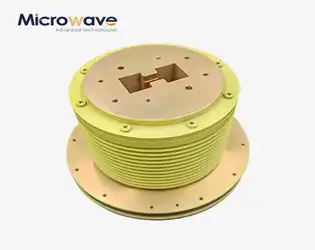
5 Key Advantages of Double Ridge Waveguide Rotary Joints for Military Radar
October 9, 2025
In today's rapidly evolving defense landscape, military radar systems face unprecedented challenges in signal processing and transmission reliability. When radar arrays need continuous 360-degree rotation while maintaining critical signal integrity, conventional waveguide solutions often fall short, leading to signal degradation, mission-critical failures, and compromised battlefield awareness. The Double Ridge Waveguide Rotary Joint emerges as the definitive solution to these pressing challenges, offering military radar systems unmatched performance, reliability, and operational superiority that can mean the difference between mission success and failure.
Lightweight Signal Transmission: The 2025 Guide to Inflatable Twist Waveguides
October 9, 2025
Are you struggling with bulky, rigid waveguides that fail in space-constrained environments or dynamic installations? The revolutionary inflatable twist waveguide technology addresses these critical challenges by combining unprecedented flexibility with reliable microwave signal transmission. This comprehensive guide explores how this innovative solution transforms signal routing in aerospace, telecommunications, and defense applications, providing engineers with the lightweight, adaptable technology they need for 2025's most demanding projects.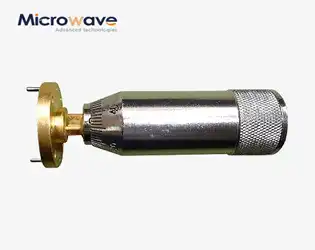
Get Reliable Calibration and VSWR Performance with Sliding Shorts
September 30, 2025
In today's demanding microwave testing environment, engineers face critical challenges when achieving precise calibration and optimal VSWR performance in their measurement systems. Whether you're troubleshooting unexplained reflection losses in satellite communications, struggling with phase accuracy in radar systems, or dealing with impedance mismatches in high-frequency applications, the solution lies in utilizing high-quality Waveguide Sliding Short components. These precision instruments provide the reliable calibration standards and exceptional VSWR performance essential for maintaining signal integrity across frequencies ranging from 1.72 GHz to 110 GHz. Understanding how to implement Waveguide Sliding Short technology effectively can transform your measurement accuracy and system performance, addressing the pain points that plague modern microwave engineers daily.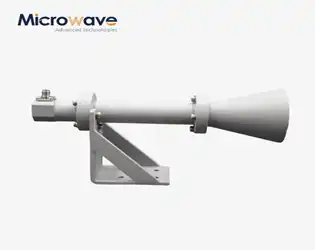
The Ultimate Guide to High-Gain Dual Linear Broadband Horn Antennas (2025 Edition)
September 30, 2025
In today's rapidly evolving telecommunications landscape, engineers and system designers face critical challenges when selecting antenna solutions that deliver exceptional performance across diverse applications. The demand for reliable, high-gain antenna systems that can handle both linear and circular polarizations while maintaining broadband capabilities has never been more pressing. This comprehensive guide addresses these challenges by exploring the cutting-edge technology behind Dual Linear Broadband Dual Circular Polarization Horn Antennas, providing engineers with the essential knowledge needed to make informed decisions for satellite communications, radar systems, and defense applications in 2025.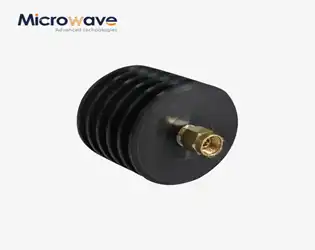
September 30, 2025
Picture this scenario: your sophisticated radar system is receiving signals that are too strong, causing distortion and measurement errors that could compromise critical operations. Your telecommunications equipment faces similar challenges when signal levels exceed optimal parameters, leading to system instability and poor performance. This is where a Coaxial Fixed Attenuator becomes your essential solution. A coaxial attenuator is an electronic device specifically designed to reduce the power of a signal without affecting or reducing the waveform of the signal significantly, operating as the precise opposite of an amplifier while maintaining signal integrity across demanding applications.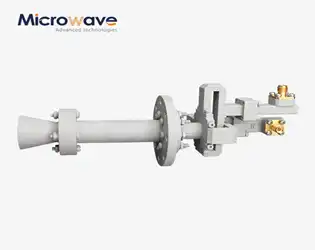
Top 5 Applications of Conical Dual Circular Polarization Horn Antenna
September 29, 2025
In the rapidly evolving landscape of microwave and millimeter-wave technology, the Conical Dual Circular Polarization Horn Antenna stands as a cornerstone solution for high-performance communication systems. This sophisticated antenna technology combines precision engineering with advanced polarization capabilities, making it indispensable across multiple industries. The unique conical design, coupled with dual circular polarization functionality, delivers exceptional signal quality while minimizing interference and maximizing transmission efficiency. From satellite communications to aerospace applications, these antennas provide the reliability and performance that modern systems demand. Understanding the primary applications of Conical Dual Circular Polarization Horn Antenna technology helps engineers and system designers make informed decisions for their specific requirements, ensuring optimal performance in critical communication scenarios.
What Are Waveguide Calibration Kits?
September 29, 2025
Picture this: You're a microwave engineer working on a critical satellite communication system. Your measurements show inconsistent results, and you're unsure whether the problem lies in your equipment or the system under test. Without proper calibration, even the most sophisticated Vector Network Analyzer becomes unreliable, potentially leading to costly system failures and project delays. Waveguide Calibration Kits are precision tools that eliminate these uncertainties by providing reference standards to calibrate measurement systems, ensuring accurate and repeatable results in microwave and millimeter-wave applications. These essential instruments serve as the foundation for reliable RF testing, enabling engineers to distinguish between measurement errors and actual system performance issues.




